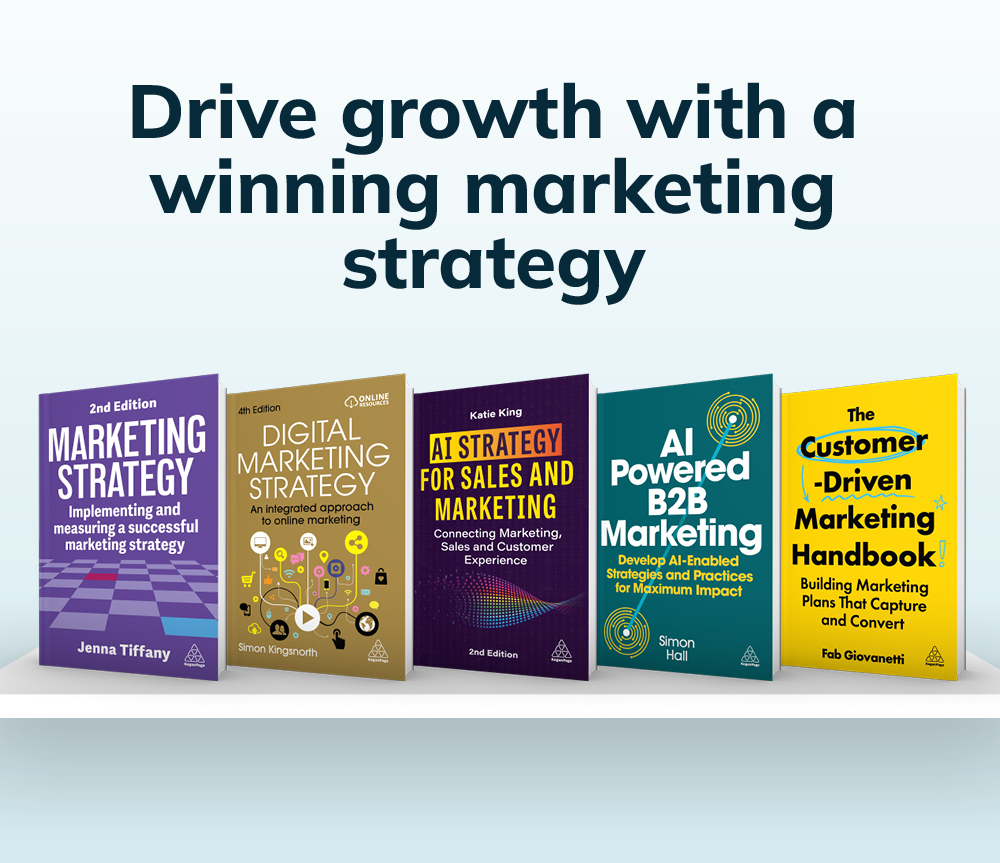Get a FREE ebook with your print copy when you select the "bundle" option. T&Cs apply.
Marketing & Sales Books
Latest books in Marketing & Sales
Trending books
Latest insights in Marketing & Sales
Branding, Marketing Strategy & Planning, Strategy & Planning When ads spark backlash, brands risk losing trust. Discover how marketers can prevent missteps and pivot effectively to protect reputation.
Marketing Strategy & Planning, AI, Digital & Technology In this article, Kamila Miller examines how artificial intelligence (AI) is transforming consumer trust, decision-making and brand loyalty. She outlines essential strategies for marketing leaders to foster transparency, fairness and consumer autonomy in an AI-driven marketplace, where trust has become the ultimate competitive advantage for sustainable business growth.
Digital Marketing, Artificial Intelligence Wondering if AI will replace marketers? The future of marketing isn’t human vs machine, but human with machine. Discover how AI is reshaping marketing jobs and why embracing AI skills makes you a more valuable, future-proof marketer.
Publishing soon







